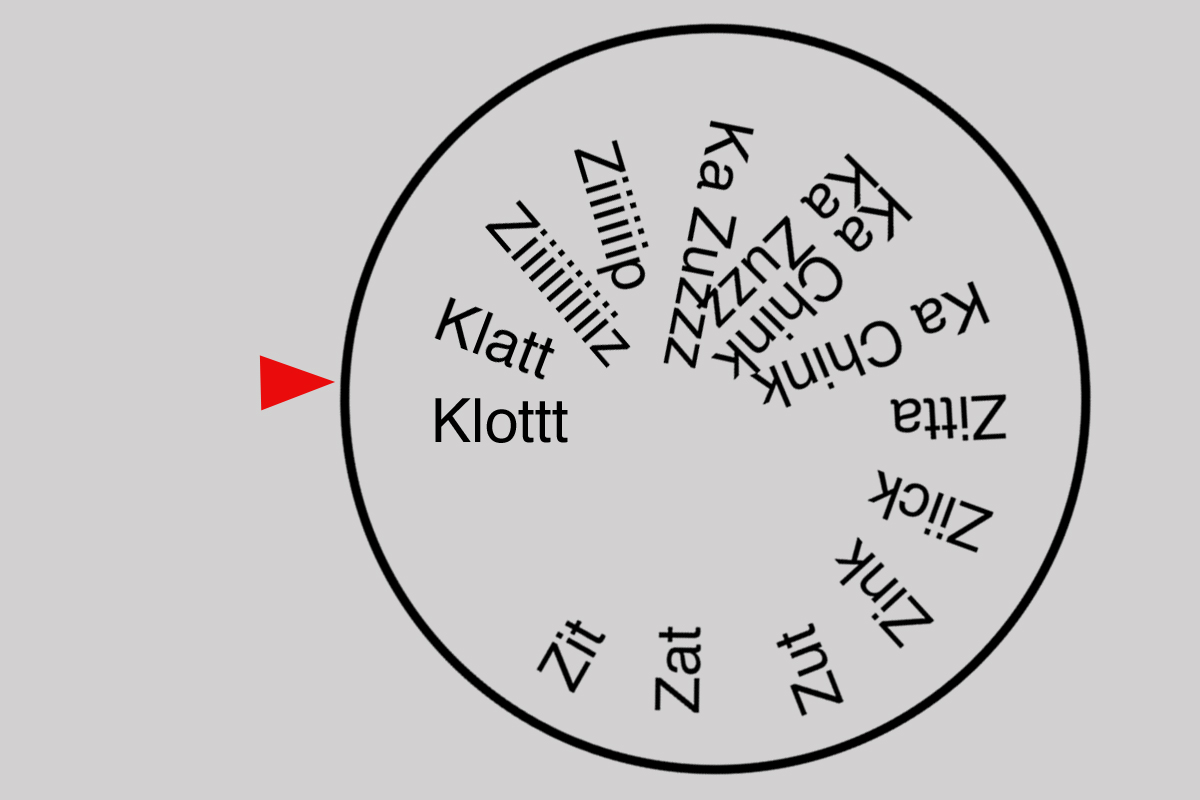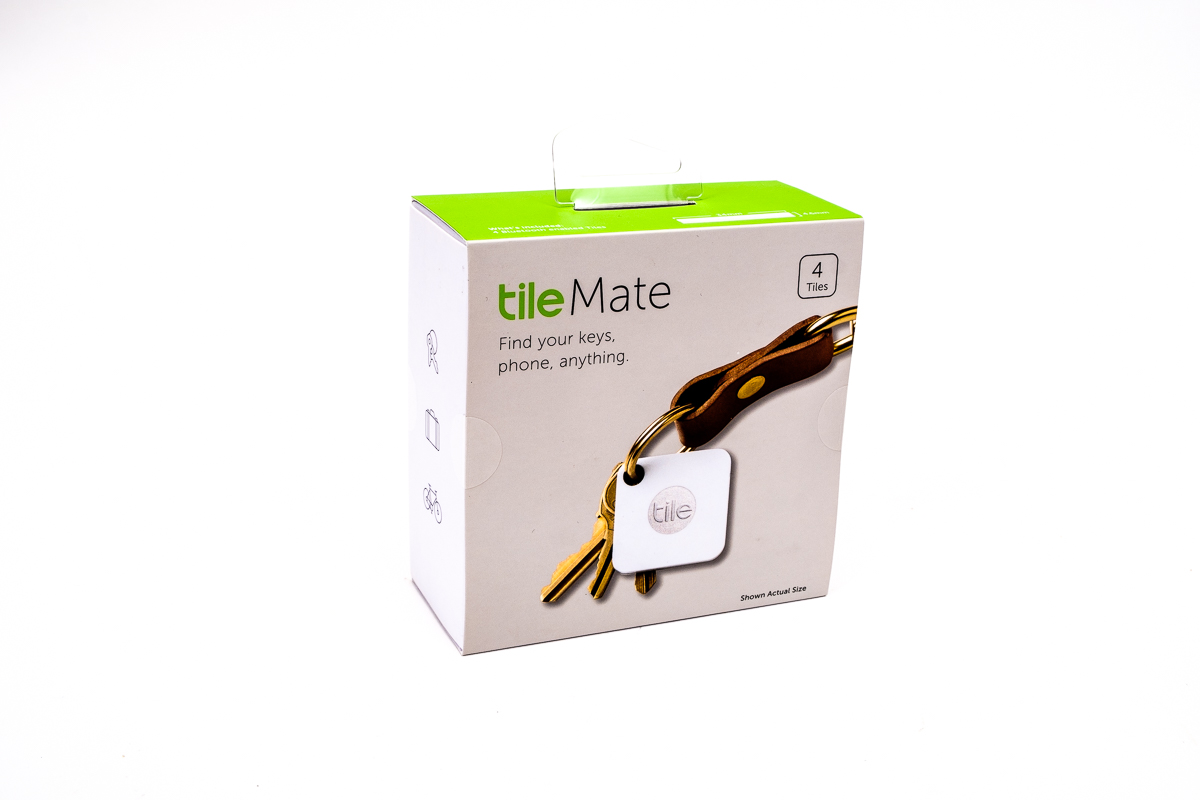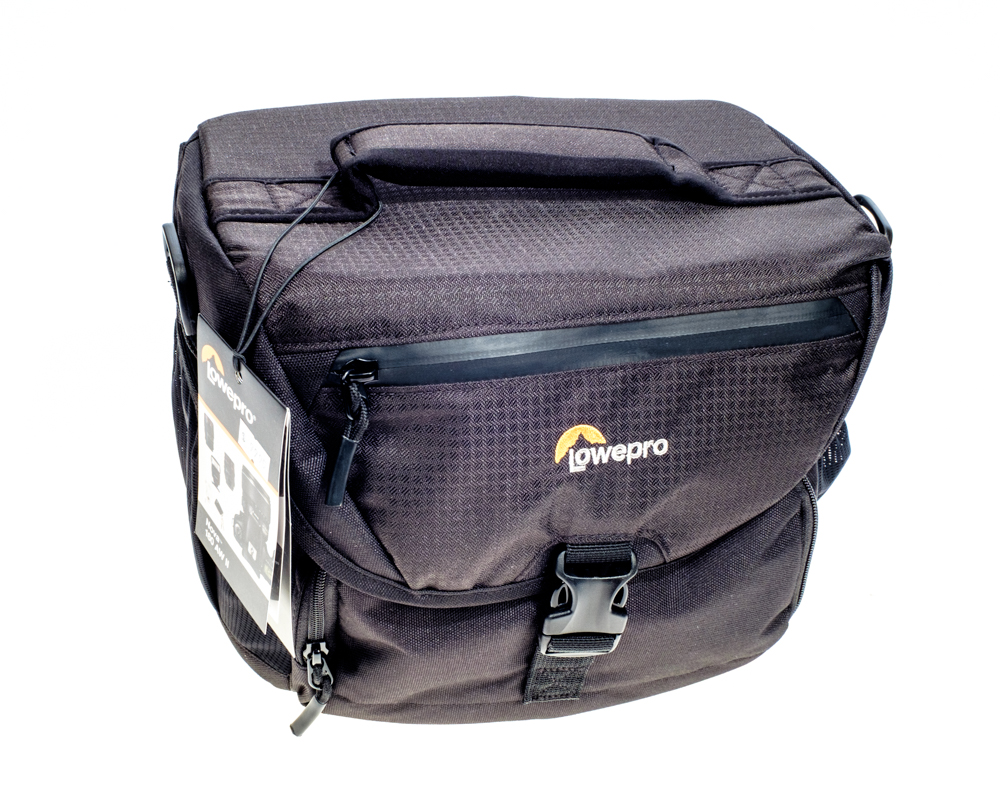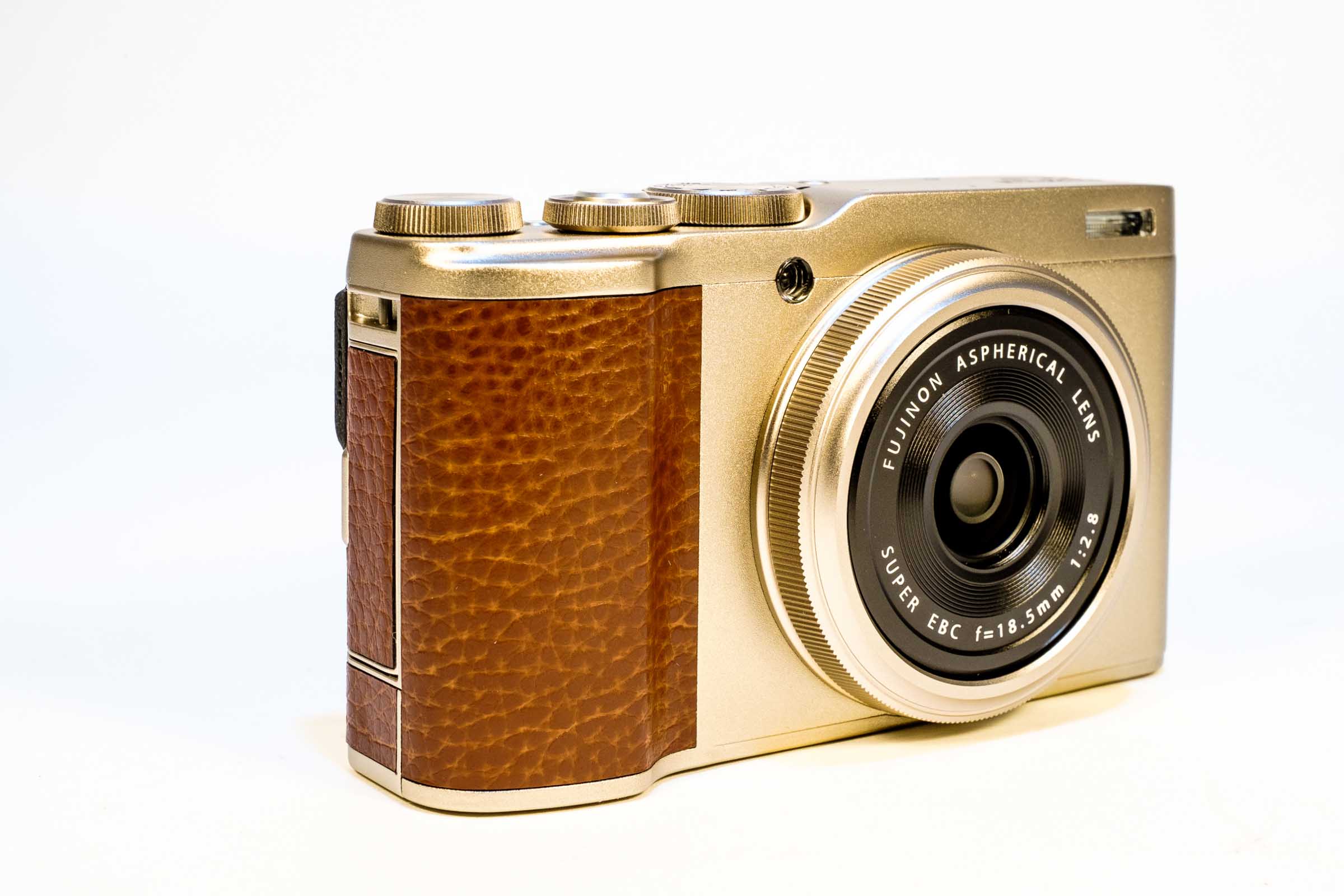24 Oct Is The Flash Outdated?
I asked myself this question as I shot a few reportage pictures for the recent Boxing Special at the Photo Live 2018. There were plenty of photographers around the ring with plenty of cameras but few of them besides me seemed to have flash guns in operation. As I am a relic, I wondered if the flash had become a relic too. It all started when the Nikon D3 cameras came into the shop in the 2008-2009 period. it seemed that you could boost the speed of the sensor to impossible heights and that no—one ever need to use a flash any more. A couple of staff members and customers with the cameras were taking them into dimly-lit night clubs and returning with fabulously bright pictures. My cameras could not do these high ISOs without terrible colour noise so I settled for lower speed and speedlight flash. And worked my way through various combinations of good old flash, bad old flash, good new flash, and bad new flash. I'm about evenly balanced between the light and dark right now, but I have...










